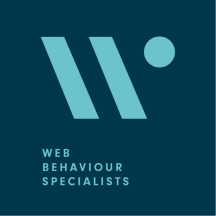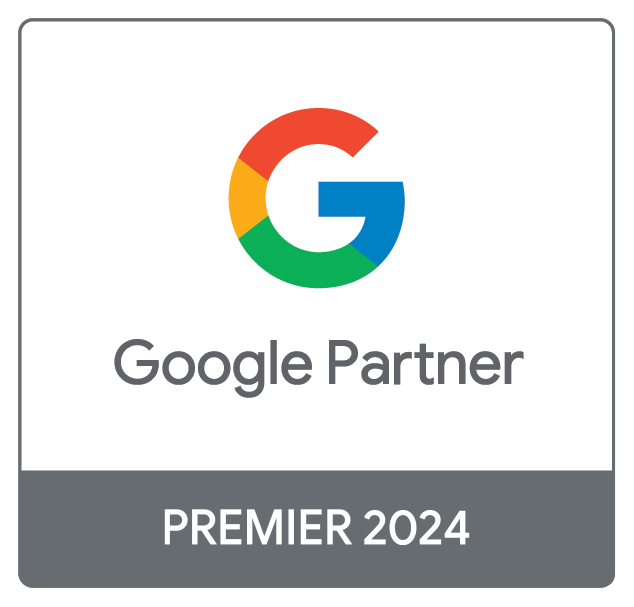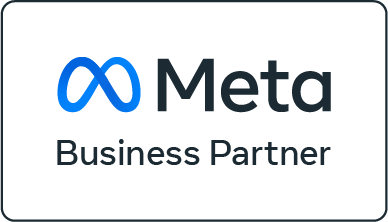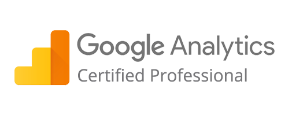 Well, one of life’s “don’t wanna think about it” moments happened this week. Burgled! Well, kind of… they got nothing because there was nothing they wanted to take before they heard me wake up and ran. T.v, is too big, just a cheap stereo, laptop is almost always at work, no expensive watches, a couple of nice guitars and my golf clubs that they didn’t seem to fancy (was a bit offended by that really).
Well, one of life’s “don’t wanna think about it” moments happened this week. Burgled! Well, kind of… they got nothing because there was nothing they wanted to take before they heard me wake up and ran. T.v, is too big, just a cheap stereo, laptop is almost always at work, no expensive watches, a couple of nice guitars and my golf clubs that they didn’t seem to fancy (was a bit offended by that really).
Clearly, they weren’t very well prepared. If I was to do such a thing I’d pick my target wisely. Perhaps, initially spying, maybe even fake a phone call from an insurance company to gauge the contents of the flat. Well, let’s not think about this too much coz we might come up with a plan that we’d be too keen to see the results of.
The fact is, these guys have been caught and could well be convicted. And for what? Wasn’t even worth trying! At least when there’s a highly planned robbery, like a jewellery heist, we enjoy reading about it, even kinda respect the perpetrators. But this, pathetic really! Waste of everybody’s time!
Well, you know, it got me thinking about how this applies to us as marketers. How do we go about our targeting and what kind of impact can being good at it have.
Here are my tips on how to target your audience (from a marketing perspective, not for criminal acts).
Part 1. Identifying your target audience
5. Study your clients
The best place to help you identify your target audience will be your database of current and past clients. These are businesses that have bought from you meaning you appealed to them. You need to find out why and use that information as part of your sales process. Are you particularly strong in one sector? Do you have an identifiable niche? Is a particular location or size of company more common for you? You will have learned a lot from these clients, about their businesses, their sector, their challenges and you’ve gained experience when solving them. Again, this will help with the sales process when reaching out and talking to your prospects.
4. Study ourselves
 We need to look at ourselves, starting with our experience and skillsets. Are we able to provide evidence of fantastic work? Can we claim to be at the forefront of our sector? What do we have that our competitors don’t? What’s our USP? These will help you understand the type of business you can help the best and give you the confidence to promote yourselves in that direction.
We need to look at ourselves, starting with our experience and skillsets. Are we able to provide evidence of fantastic work? Can we claim to be at the forefront of our sector? What do we have that our competitors don’t? What’s our USP? These will help you understand the type of business you can help the best and give you the confidence to promote yourselves in that direction.
Now, it’s time for our historical performance data. You should understand how you’ve been performing as a company. Starting with the website, then onto all of the different channels you have a presence on and the marketing you’ve done.
- Who (were the people who engaged with you)
- What (did they want… and did they get it)
- Where (did they come from)
- When (were they engaging with you)
- How (did they find you)
- Why (did/didn’t they convert)
If you can ask these questions and understand the answers, you can apply that knowledge to your target audience strategy going forward.
3. Competitor analysis
 Depending on what you do and who you do it for, you will have a varying degree of competition with very few businesses having none. Having Competitors proves that there’s a clear demand for what you do and you are looking to get a larger piece of that demand. Though you certainly want to smash the competition, we still have to respect them and appreciate the things they’ve done to get into the position they are in. Study them, read through their website, their case studies and testimonials, join their mailing list, follow them on Social Media, talk to them at events. You never know what you might learn which you may be able to apply to your business. You might even find the basis for a partnership, an exchange of ideas or skillsets, which could prove to be profitable for all concerned.
Depending on what you do and who you do it for, you will have a varying degree of competition with very few businesses having none. Having Competitors proves that there’s a clear demand for what you do and you are looking to get a larger piece of that demand. Though you certainly want to smash the competition, we still have to respect them and appreciate the things they’ve done to get into the position they are in. Study them, read through their website, their case studies and testimonials, join their mailing list, follow them on Social Media, talk to them at events. You never know what you might learn which you may be able to apply to your business. You might even find the basis for a partnership, an exchange of ideas or skillsets, which could prove to be profitable for all concerned.
2. Create Personas
 I’ll safely assume you’ve already got certain client personas and are segmenting your marketing campaigns to suit them, but after taking all of the above actions, let’s update those personas, make them more detailed and split them into sub-sections if they’re too broad. You can even do the dreaded thing of talking to the Sales and/or Customer Service Teams. They’ve got first hand experience of your past, existing and future clients, so if you can bear to listen to a thousand things that don’t matter (sorry sales guys but that’s just how you are)(it’s ok, none of them will have read this far into the article anyway… I’m safe), you’ll also pick up some valuable info that could benefit your strategy going forward because you can efficiently segment your marketing and deliver more personalised messages. This is hugely important in this day in age and continues to deliver a better ROI. And with the expectations and demands of our target audience ever increasing when it comes to personalisation, it really is important to get this right now!
I’ll safely assume you’ve already got certain client personas and are segmenting your marketing campaigns to suit them, but after taking all of the above actions, let’s update those personas, make them more detailed and split them into sub-sections if they’re too broad. You can even do the dreaded thing of talking to the Sales and/or Customer Service Teams. They’ve got first hand experience of your past, existing and future clients, so if you can bear to listen to a thousand things that don’t matter (sorry sales guys but that’s just how you are)(it’s ok, none of them will have read this far into the article anyway… I’m safe), you’ll also pick up some valuable info that could benefit your strategy going forward because you can efficiently segment your marketing and deliver more personalised messages. This is hugely important in this day in age and continues to deliver a better ROI. And with the expectations and demands of our target audience ever increasing when it comes to personalisation, it really is important to get this right now!
1. Find “hot topics”
 What do people want? What are they looking for? What problems do they have and can you solve them?
What do people want? What are they looking for? What problems do they have and can you solve them?
If you can find out the problems that are most prevalent in your sector, you can position yourself as the people who can solve them. The best way to find out these “hot topics” is to monitor keywords on Social Media and Google. This can quickly show you what’s important to your target audience today. You can also use more traditional approaches such as market research or surveys which can unearth perennial issues that many of your competitors may still not be solving.
Part 2. Reaching your target audience
Click here to read the 2nd part of our article.
If you’d like our help with your marketing challenges, get in-touch and one of our team members will be happy to help.








